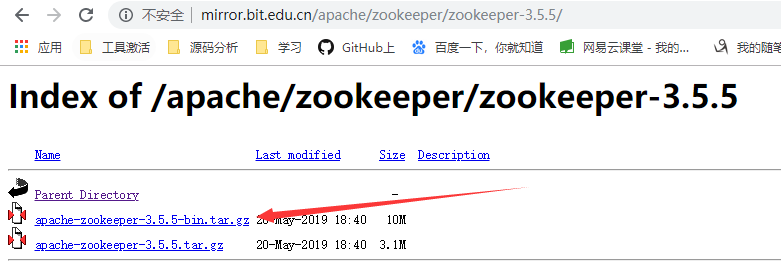DocPad is described as being comparable to other static site generators, but it is also described as being "not limited to static site generation".
I've been browsing the DocPad website and other documentation and haven't yet been able to find anything that seems to explain how to incorporate dynamic content, and what types of limitations may be involved?
As a relative beginner, I am wondering if anyone can help me better understand the methodology whereby dynamic content would be incorporated into DocPad...? e.g. AJAX, and dynamic server-side scripts for doing things like dynamically loading pictures from Flickr into a webpage when a certain tag is clicked...
Thanks.
So there's a few ways DocPad facilitates dynamic content:
Via the regenerateEvery configuration option. This will regenerate your website every so often you specify. This great when combined with plugins like feedr for pulling in data from remote feed sources (like your latest social activity), as well as repocloner which clones out and keeps a git repository up to date inside your project. The benefit of this option is it's really easy to do and provides the illusion of a dynamic website. For instance the Benjamin Lupton Website applies this method to keep it's statistics on the home page, as well as the social data in the sidebar up to date. Every hour it regenerates with the latest information. Making it fast, and also illusively dynamic.
Via the dynamic meta-data property. When set to to true this tells the DocPad server we should re-render that document on each request, rather than just once. This works great inside the Kitchensink Skeleton for search pages and misc forms. This way is most similar to PHP development.
Via the serverExtend event. This event allows you to hook into and extend the DocPad server, allowing you to add extra server-side logic, handling, etc. Common use cases is to add extra routing to your server to handle route aliases, adding form processing such as a contact form, or to add a RESTULful interface for a Backbone.js application. The DocPad Website uses this to add extra routing and a regenerate post-receive hook for the documentation. The NodeChat Skeleton uses this to add the Socket.io server-side logic.
Via the API. This way is the most involved but can be quite rewarding if you just wish for DocPad to be a small part of an existing node.js application. With this, you can create a DocPad instance in your code and interact with it. The grunt-docs grunt task utilises this :)




